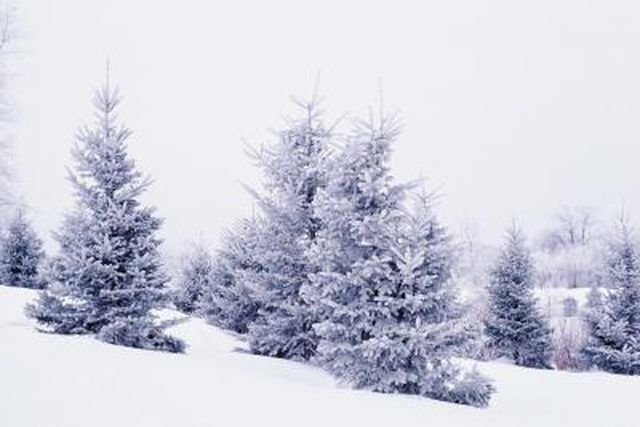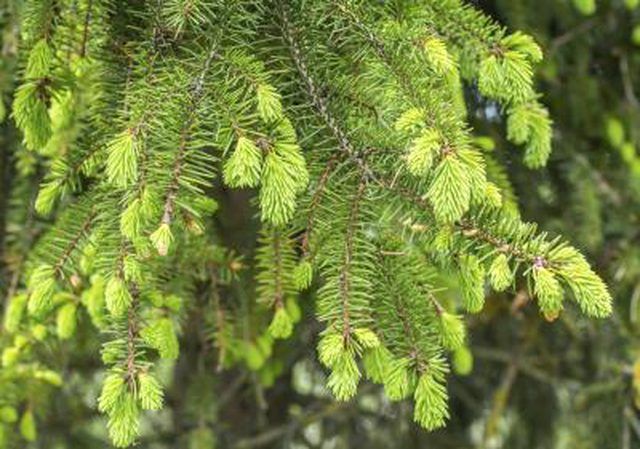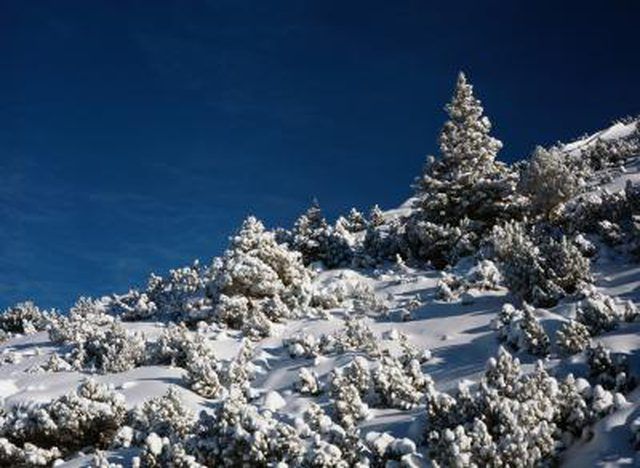Bulbs
Flower Basics
Flower Beds & Specialty Gardens
Flower Garden
Garden Furniture
Garden Gnomes
Garden Seeds
Garden Sheds
Garden Statues
Garden Tools & Supplies
Gardening Basics
Green & Organic
Groundcovers & Vines
Growing Annuals
Growing Basil
Growing Beans
Growing Berries
Growing Blueberries
Growing Cactus
Growing Corn
Growing Cotton
Growing Edibles
Growing Flowers
Growing Garlic
Growing Grapes
Growing Grass
Growing Herbs
Growing Jasmine
Growing Mint
Growing Mushrooms
Orchids
Growing Peanuts
Growing Perennials
Growing Plants
Growing Rosemary
Growing Roses
Growing Strawberries
Growing Sunflowers
Growing Thyme
Growing Tomatoes
Growing Tulips
Growing Vegetables
Herb Basics
Herb Garden
Indoor Growing
Landscaping Basics
Landscaping Patios
Landscaping Plants
Landscaping Shrubs
Landscaping Trees
Landscaping Walks & Pathways
Lawn Basics
Lawn Maintenance
Lawn Mowers
Lawn Ornaments
Lawn Planting
Lawn Tools
Outdoor Growing
Overall Landscape Planning
Pests, Weeds & Problems
Plant Basics
Rock Garden
Rose Garden
Shrubs
Soil
Specialty Gardens
Trees
Vegetable Garden
Yard Maintenance
Differences Between Spruce & Fir Trees
Differences Between Spruce & Fir Trees. Spruce and fir trees are biologically close cousins that belong to the family of evergreens known as conifers, or cone-bearing trees. Both species inhabit northern or high-altitude regions where the weather is typically cold during winter.
Spruce and fir trees are biologically close cousins that belong to the family of evergreens known as conifers, or cone-bearing trees. Both species inhabit northern or high-altitude regions where the weather is typically cold during winter.

At one time both species were referred to as fir trees. The distinction of spruce originated in Prussia during the 1300s as a reference to one specific type of tree—the spruce fir.

Firs are often distinguished from their spruce cousins through the characteristics of their needles. Those of spruce trees are rather firm and rectangular when cut in cross section, while fir-tree needles are softer, flatter, and two-sided.

The cones of fir trees are erect and have scales that fall off in autumn. Spruce-tree cones hang more loosely and do not lose their scales.

Bark found on spruce trees is usually rough to the touch and becomes furrowed and scaly with age. Generally, the bark of a fir is smooth and grayish when young, but these also become more furrowed over time.

Due to the similarities between fir and spruce trees, their distinguishing features can best be found through a close inspection.
